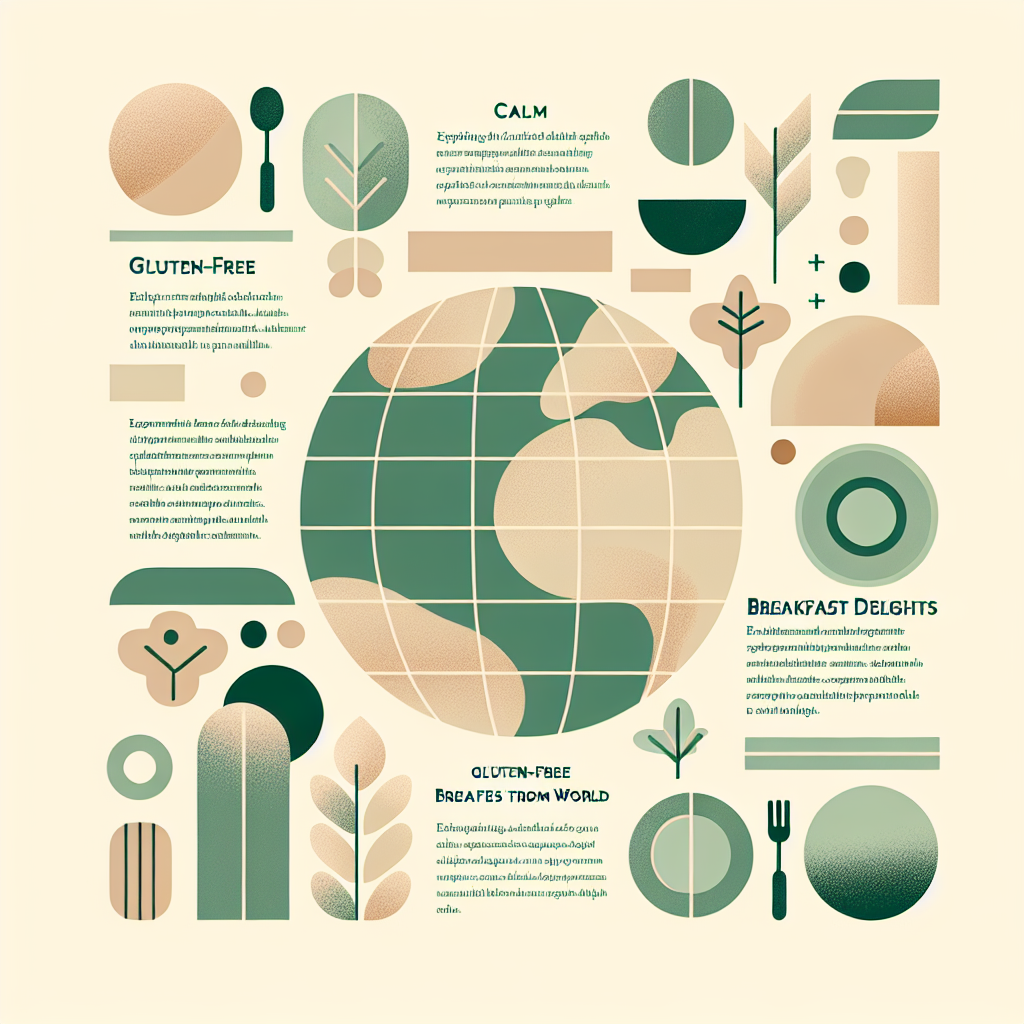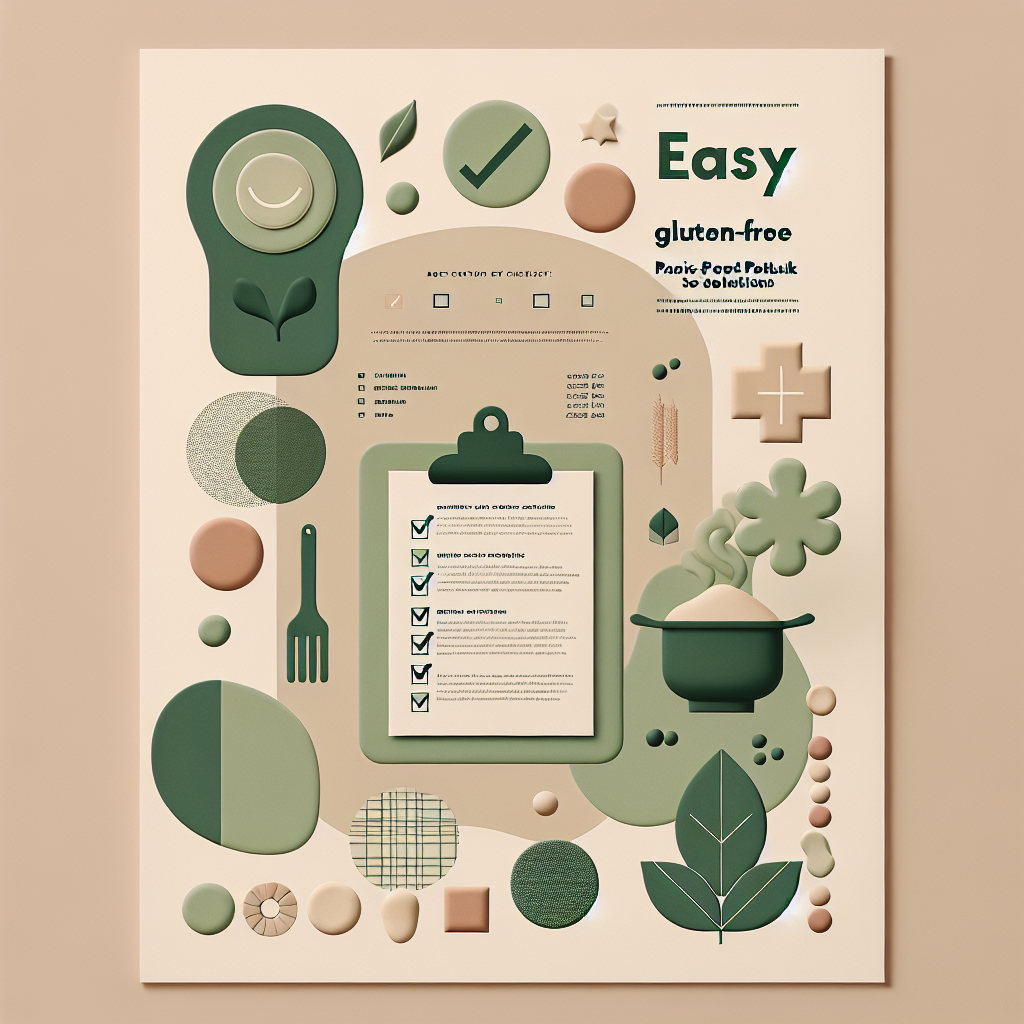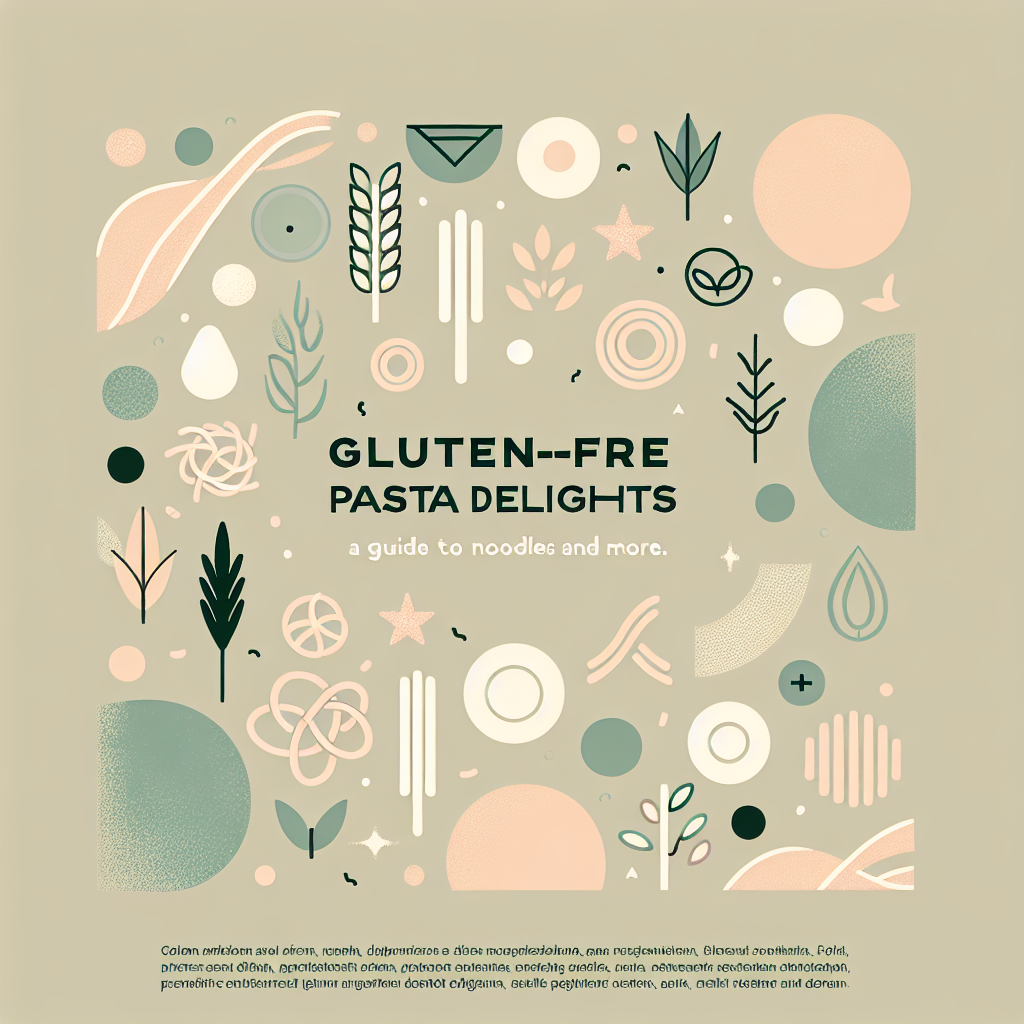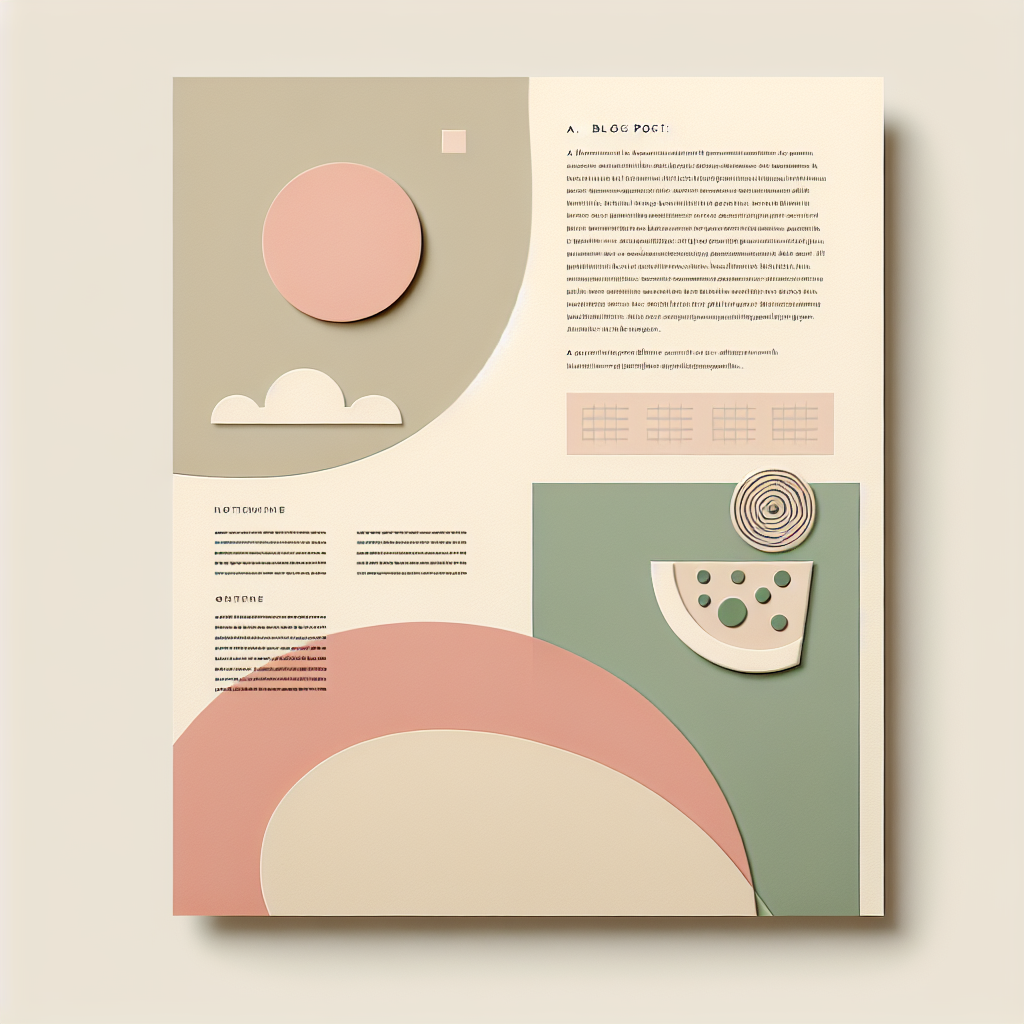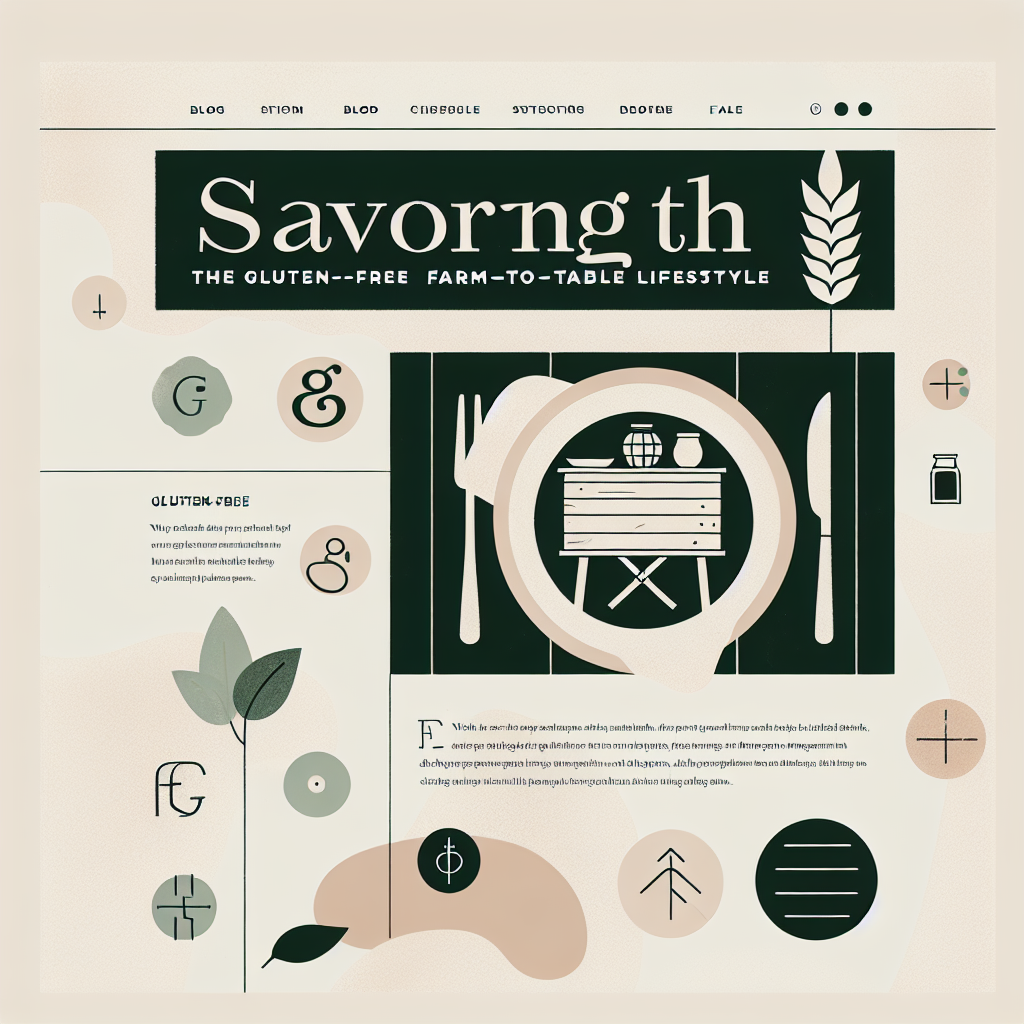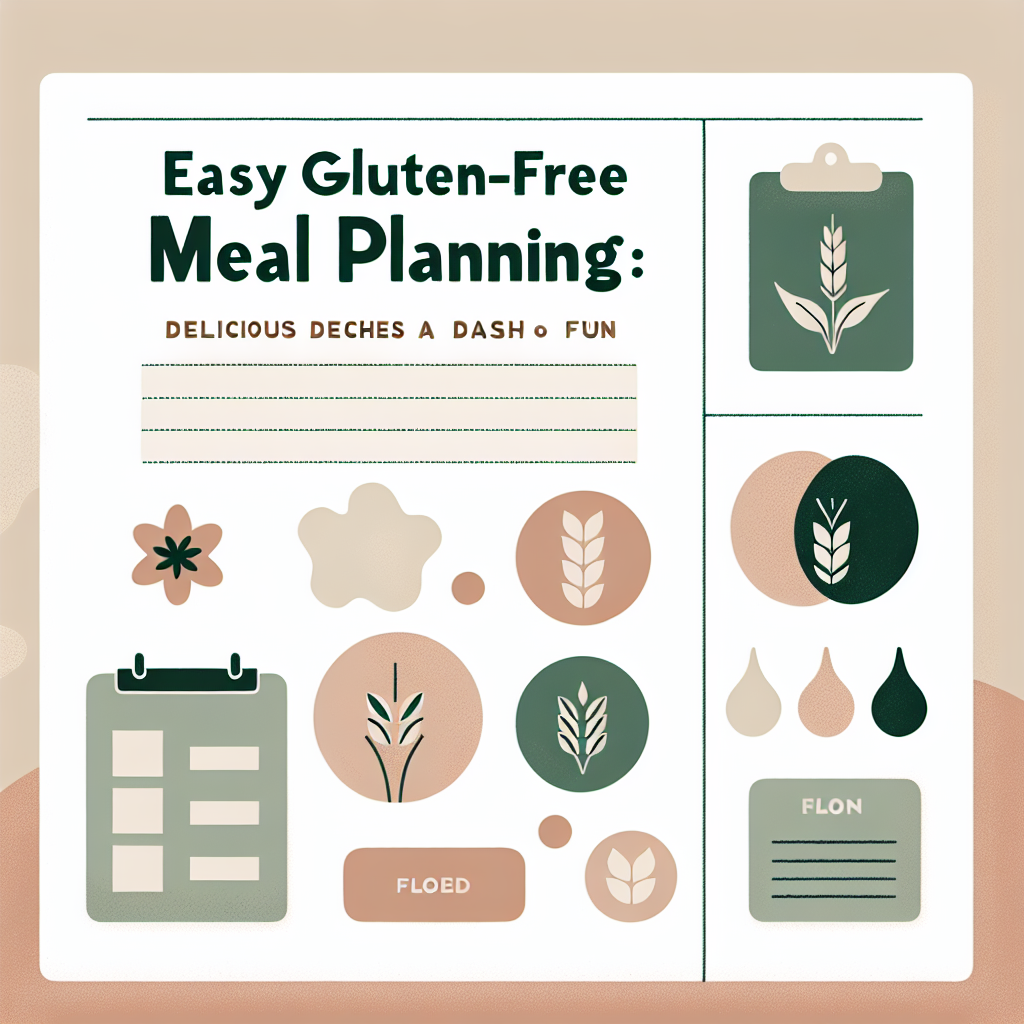Exploring Gluten-Free Breakfast Delights from Around the World
Welcome back, my dear gluten-free friends! Today, I want to talk to you about something often overlooked when it comes to maintaining a gluten-free lifestyle- the humble breakfast. It’s an exciting topic for me, thanks to my deep-set love for everything “breakfasty”. Not just in the sense of what we consume, but also how we do it. Don’t you agree that there’s something magical about starting your day with a meal that fuels your body for the adventures that lay ahead, particularly when it tailors to your gluten-free needs? Unfortunately, though, many people who live gluten-free struggle with breakfast options, particularly when we’re constantly on the go. Traditional breakfasts like toast and cereal are typically packed full of gluten, and gluten-free alternatives can sometimes feel uninspiring. Hey, we’ve all been there, right? One too many smoothies or fruit bowls can leave anyone pining for variety. With this in mind, here’s the ultimate trick: Look beyond the traditional breakfast. The beauty of the gluten-free lifestyle is that it paves the way for endless creativity. Today, let’s dig into the world of international breakfast foods and discover their gluten-free possibilities together. First off, we jet to my absolute favorite – Japan. Many traditional Japanese breakfast foods are surprisingly gluten-free. The staples, like rice and fish, form a perfectly satisfying meal. But it’s the condiment that steals the show – Tamari. It’s a gluten-free alternative to soy sauce, and let me tell you, its rich flavor enhances any dish you whip up. I’ve talked extensively about using Tamari in my previous post, [Why Tamari is a Gluten-Free Game Changer](hyperlink). Now that’s a culinary holiday at home I’m signing up for. Next, we fly over to France, where you might imagine encountering gluten at every corner. Not so fast! There’s a delightful little item that regularly graces French cafe menus called le galette. Originating from the Brittany region, this savory pancake is made from buckwheat flour, which happens to be gluten-free. Top it off with scrambled eggs, thinly sliced ham, and a sprinkle of cheese for a moreish matin. Heading over to Mexico next. Many of their traditional breakfasts, like Huevos Rancheros, are naturally gluten-free, featuring eggs, avocados, salsa, and, of course, corn tortillas. I have to make a confession here – I cannot get enough of corn tortillas! They are versatile, quick, and easy breakfast savers for any gluten-sensitive person. I’ve shared my personal favorite tortillas in [The Best Gluten Free Products in Your Local Grocery Store](hyperlink). Now that we’ve sampled some international breakfast ideas, why not take them and add your personal twist? Turn the Japanese breakfast into a fusion dish by pairing it with your favorite local fresh veggies or transform your Mexican Huevos Rancheros into an irresistible breakfast burrito. After all, the joy of food comes not just from consuming it but creating it too! By incorporating a sprinkling of international inspiration into your breakfast routine, I promise you’ll never feel monotonous or limited by gluten-free options. And remember, you’re not just casually dabbling in cooking here. Each time you choose to step out of the ‘standard breakfast box’, you’re respecting your body, its needs, and the promise you’ve made to live gluten-free. Now, obviously, experimenting in the kitchen in the early morning might not be everyone’s cup of tea (pun intended). If your time-bounded schedule is eyeing me suspiciously from the corner, don’t worry, I’ve got you covered too. Meal planning and prepping ahead are your best pals here. You could prepare the galette batter the night before, whip up a large batch of corn tortillas over the weekend, or marinate your fish ahead of time. There are always options to make your gluten-free breakfast journey easier and more enjoyable. Trying new recipes and repurposing them to fit your dietary needs makes for a truly rewarding experience. It’s like being a culinary traveler, exploring the tastes and traditions of various cultures, right from your kitchen! Don’t get discouraged if the first attempt doesn’t turn out exactly as you imaged (remember my initial buckwheat pancake flop?). Practice, after all, makes perfect. The point is to have fun and give your breakfast routine a fresh, delectable revamp that caters to your gluten-free lifestyle, all while fitting into your busy schedule without causing extra stress. To wrap this tasty post up, I’d like to remind you that knowing your gluten-free status doesn’t have to feel restrictive. It’s rather an opportunity to go out (or should I say, stay in) and explore the world of limitless, delicious, and fun dining possibilities. What matters most is finding sustainable practices and food choices that suit you and your lifestyle, making your gluten-free journey a joyful and savoury ride. I cannot wait to hear about your exotic gluten-free breakfast exploits. Bon appétit! **Category: Health & Wellness**

